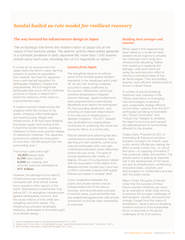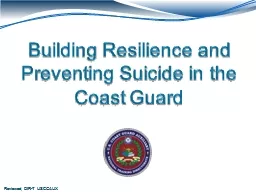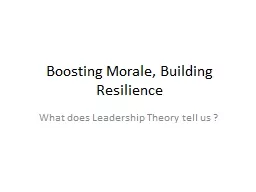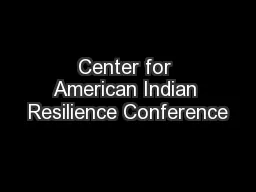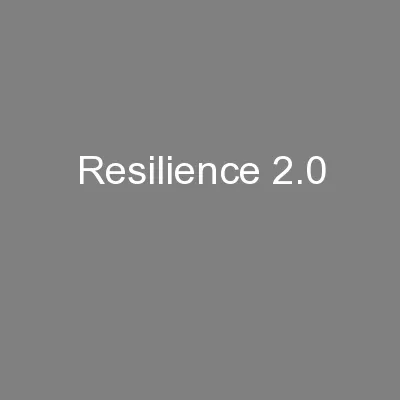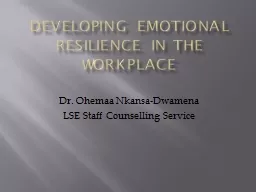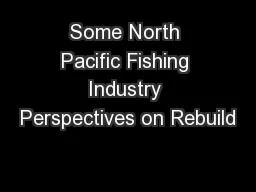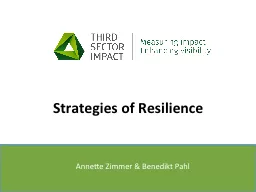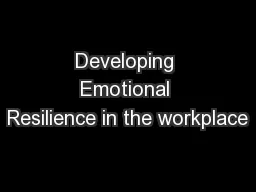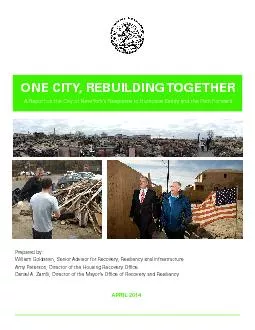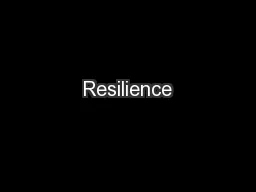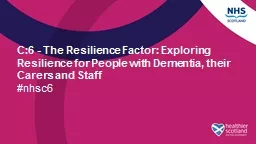PDF-Rebuilding for resilience
Author : lindy-dunigan | Published Date : 2015-08-03
PwC September 2013 1 The way forward for infrastructure design in Japan The archipelago that forms the modern nation of Japan sits at the nexus of four tectonic
Presentation Embed Code
Download Presentation
Download Presentation The PPT/PDF document "Rebuilding for resilience" is the property of its rightful owner. Permission is granted to download and print the materials on this website for personal, non-commercial use only, and to display it on your personal computer provided you do not modify the materials and that you retain all copyright notices contained in the materials. By downloading content from our website, you accept the terms of this agreement.
Rebuilding for resilience: Transcript
Download Rules Of Document
"Rebuilding for resilience"The content belongs to its owner. You may download and print it for personal use, without modification, and keep all copyright notices. By downloading, you agree to these terms.
Related Documents

